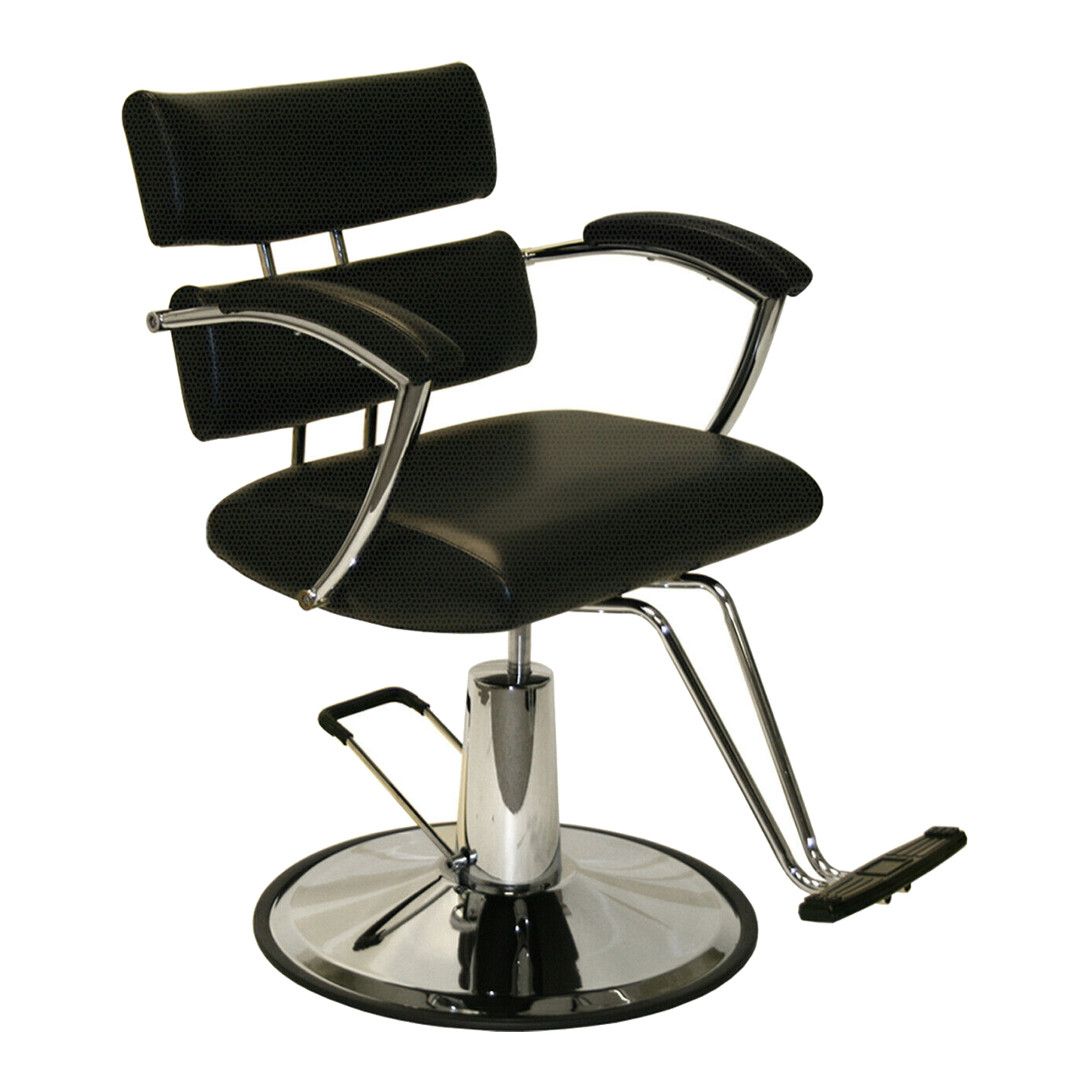Understanding the basic electrical properties of materials is essential for grasping how electricity flows through different substances. Whether you’re a student delving into physics or just someone interested in how electronic devices work, knowing the difference between conductors, insulators, and semiconductors is key. Additionally, when dealing with electrical systems in practical applications, having an EICR Certificate can ensure that all electrical installations are safe and up to code. In this blog, we’ll break down these fundamental concepts in simple terms to help you better understand the role each plays in our daily lives.
What Are Conductors?
Conduits are materials that permit power to effectively course through them. This is because of their nuclear construction, which gives free electrons that can move around with negligible opposition. Normal instances of conduits incorporate metals like copper, aluminum, and gold.
In a guide, the external electrons of the molecules are inexactly bound, meaning they can move openly inside the material. This development of electrons permits electrical flow to go through the transmitter. Thus, metals are many times utilized in electrical wiring and parts where productive power stream is pivotal. For instance, copper is a famous decision for electrical links since it gives a decent harmony between conductivity and cost.
What Are Insulators?
Encasings, then again, are materials that don’t lead power well. They are utilized to forestall the progression of electrical flow, shielding us from electric shocks and guaranteeing that flow streams just where it is expected. Encasings have firmly bound electrons that are not allowed to move, which hinders the progression of power.
Common insulators include materials like rubber, glass, and plastic. These materials are used to coat or encase electrical wires and components to keep the electrical current contained. For example, the plastic coating on electrical cords prevents the current from escaping and causing short circuits or electric shocks. Insulators are vital for ensuring safety and maintaining the proper functioning of electrical systems.
What Are Semiconductors?
Semiconductors occupy a unique position between conductors and insulators in terms of electrical properties. Their conductivity can be finely tuned through the addition of specific materials or by applying external influences like temperature or voltage. This adaptability makes semiconductors highly valuable in modern electronics.
The most common materials are silicon and germanium. Unlike conductors, which have abundant free electrons, semiconductors have fewer free electrons, but their conductivity can be enhanced through “doping.” Doping involves introducing small amounts of other elements to modify the semiconductor’s electrical properties. For instance, doping silicon with phosphorus creates an n-type semiconductor with excess electrons, while doping with boron results in a p-type semiconductor with electron “holes.”
Semiconductors are essential to contemporary innovation. They are fundamental to gadgets like semiconductors, diodes, and incorporated circuits, which are fundamental for a great many applications from PCs and cell phones to sunlight based chargers and Drove lights. The exact control of electrical stream empowered by semiconductors is vital for progressing mechanical advancement.
Comparing Conductors, Insulators, and Semiconductors
To better understand how conductors, insulators, and semiconductors differ, consider the analogy of water flow. Imagine electricity as water flowing through a pipe. In this analogy, conductors are pipes with very little resistance, allowing water (electricity) to flow freely. Insulators are pipes with extremely high resistance, blocking the flow of water entirely. Semiconductors are like pipes with adjustable valves; their resistance can be controlled, allowing for precise regulation of the flow.
This comparison highlights why different materials are chosen for various applications. Conductors are used where efficient electricity flow is needed, insulators are used for protection and safety, and semiconductors are used for their ability to control and manipulate electrical signals.
Conclusion
Understanding the basics of electrical properties—conductors, insulators, and semiconductors—provides valuable insight into how electrical systems and devices function. Conductors allow electricity to flow easily, insulators block the flow to ensure safety, and semiconductors offer a unique ability to control electrical flow with precision. Each type of material plays a critical role in the functioning of electronic devices and electrical systems, making them fundamental concepts in both science and technology.
By grasping these basic principles, you gain a better appreciation of how everyday devices work and how advancements in technology rely on the unique properties of these materials. Whether you’re wiring a house, repairing a gadget, or just curious about how things work, knowing the differences between conductors, insulators, and semiconductors helps you understand the underlying principles of electrical engineering and technology, If you want to stay updated with posts like this, please follow us on SIMP CITY.
For the latest updates and information, keep checking SimpCity.








